Google has just announced an update to the translate app for their Android mobile platform. The update includes an incredible (but still experimental feature that translates) spoken conversations.
So if you’re in Spain you can open up this app on your phone and speak English to it. The application translates what you said and responds in spoken Spanish. Amazing!
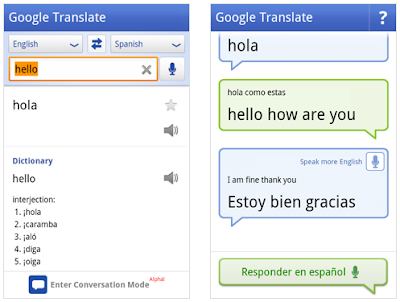
The feature is still experimental but has a lot of promise. The best way of understanding it is by viewing this demonstration video.
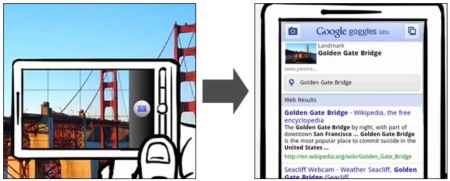
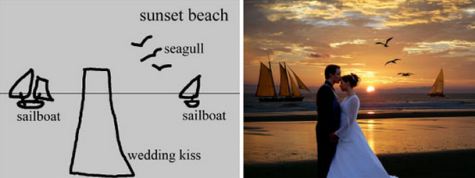
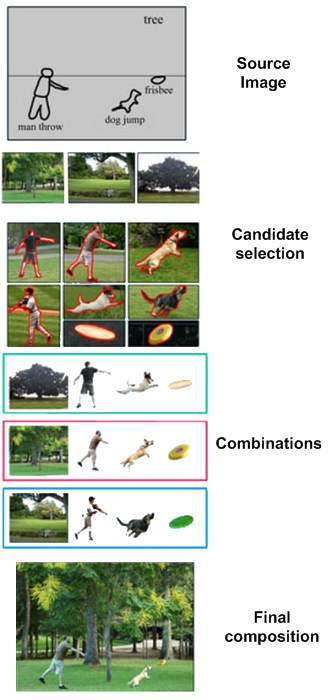

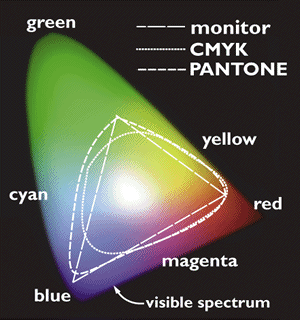 Do you know what “the gamut” is? Until I read
Do you know what “the gamut” is? Until I read